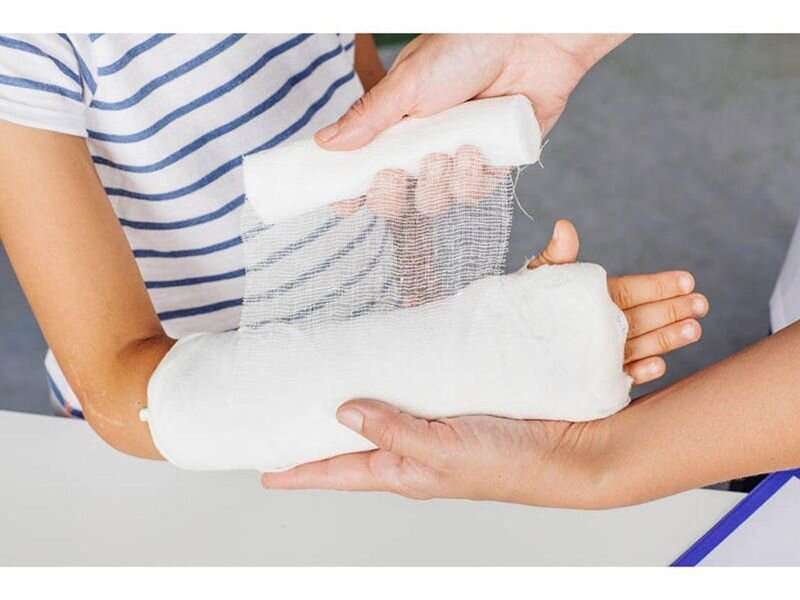
(HealthDay)—For children aged 4 to 13 years with epilepsy, initiating oxcarbazepine, but not levetiracetam, antiseizure medication (ASM) is associated with an increased risk for nontrauma fracture, according to a study published in the September issue of Epilepsia.
Daniel G. Whitney, Ph.D., from the University of Michigan in Ann Arbor, and colleagues extracted claims data for children aged 4 to 13 years with at least five years of continuous health plan enrollment. Children with epilepsy who were ASM-naive were grouped according to treatment initiation, including levetiracetam or oxcarbazepine, and were compared to children without epilepsy and without ASM exposure. For up to four years of follow-up, the crude incidence rate (IR, per 1,000 person-years) and IR ratio (IRR) were estimated for nontrauma fracture.
The researchers found that the crude IR for nontrauma fracture was 21.5, 19.8, and 34.4 for non-ASM users without epilepsy, those taking levetiracetam, and those taking oxcarbazepine, respectively. The crude IRR of nontrauma fractures was similar for levetiracetam and non-ASM users (IRR, 0.92; 95 percent confidence interval, 0.63 to 1.34) and was elevated for oxcarbazepine (IRR, 1.60; 95 percent confidence interval, 1.09 to 2.35); compared with levetiracetam, the crude IRR was elevated for oxcarbazepine (IRR, 1.74; 95 percent confidence interval, 1.02 to 2.99). After adjustment for covariates, the findings were consistent, except for the comparison of oxcarbazepine with levetiracetam (hazard ratio, 1.71; 95 percent confidence interval, 0.99 to 2.93).
Source: Read Full Article
